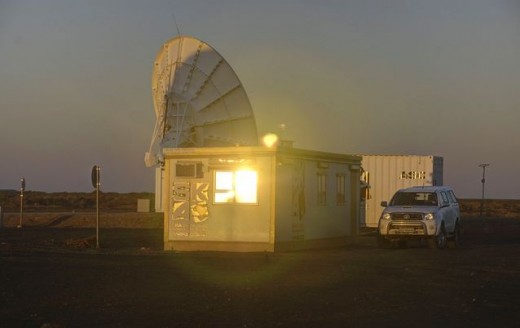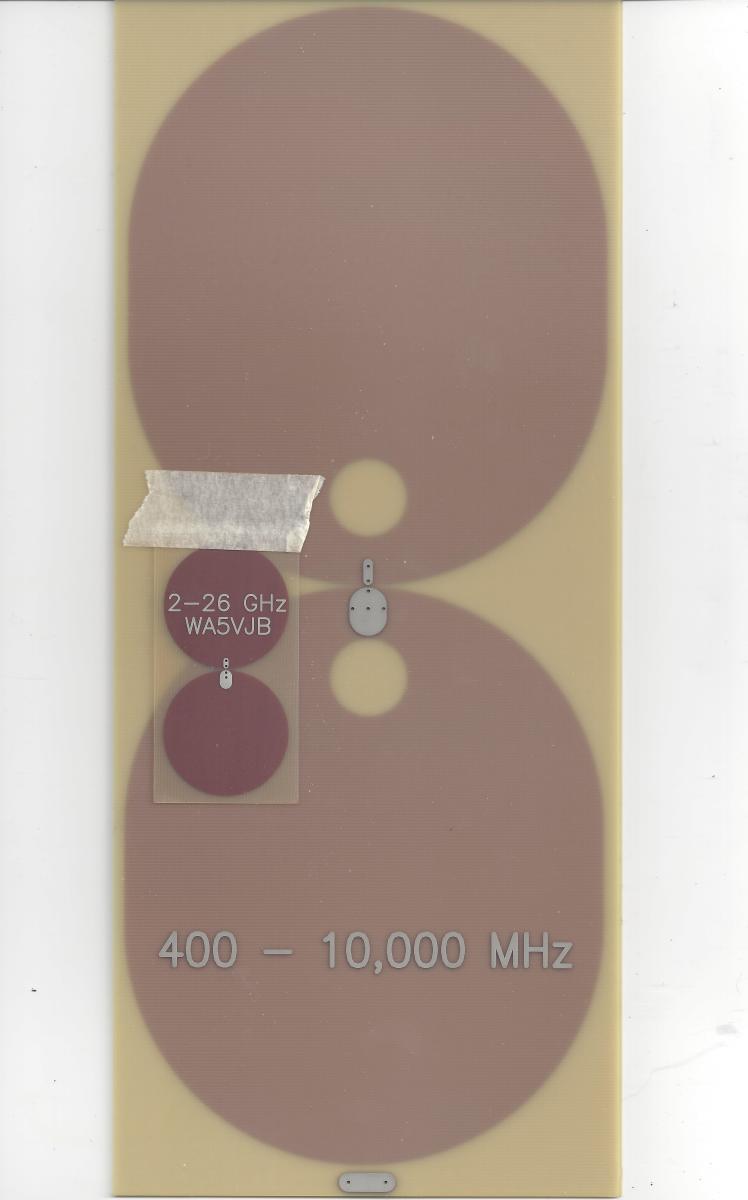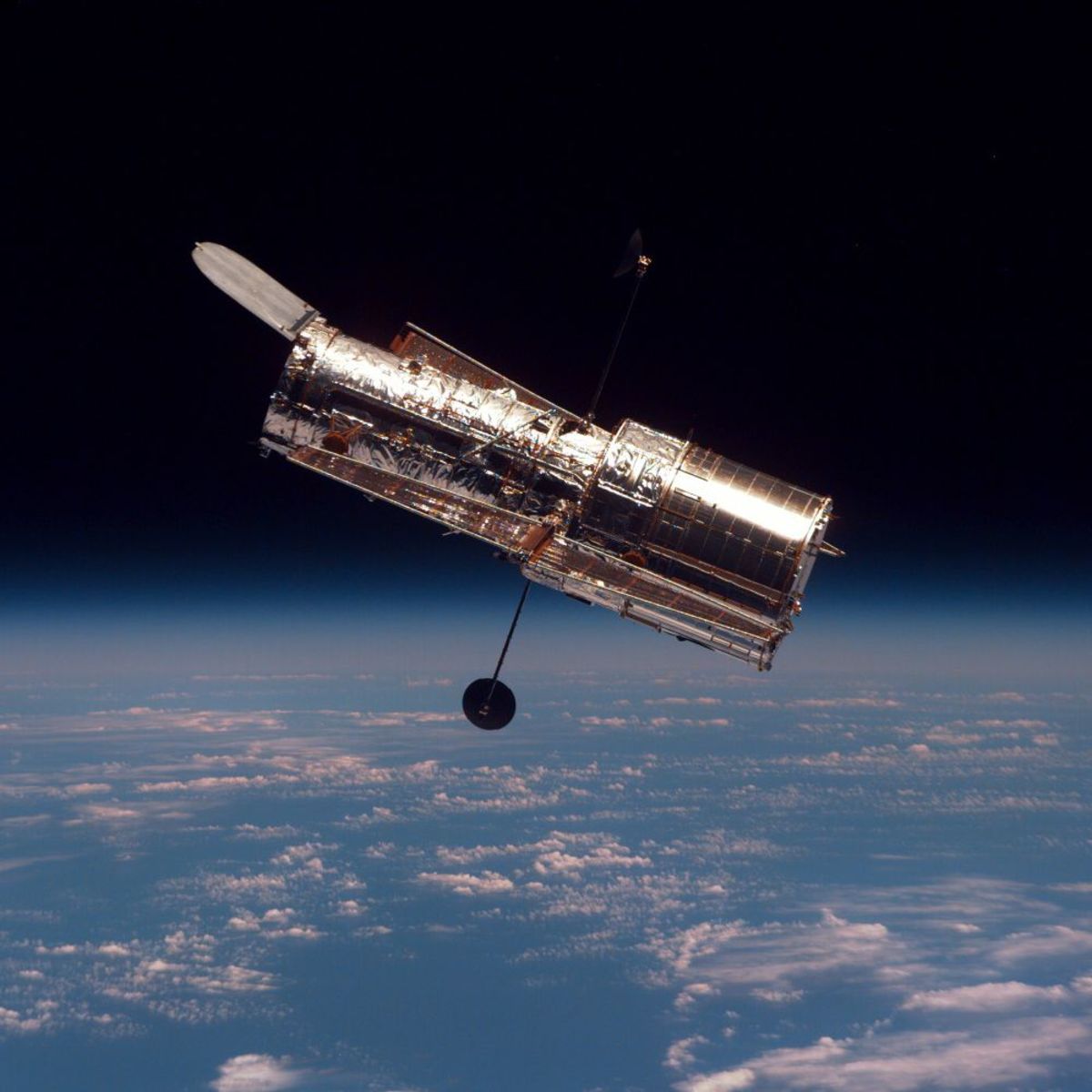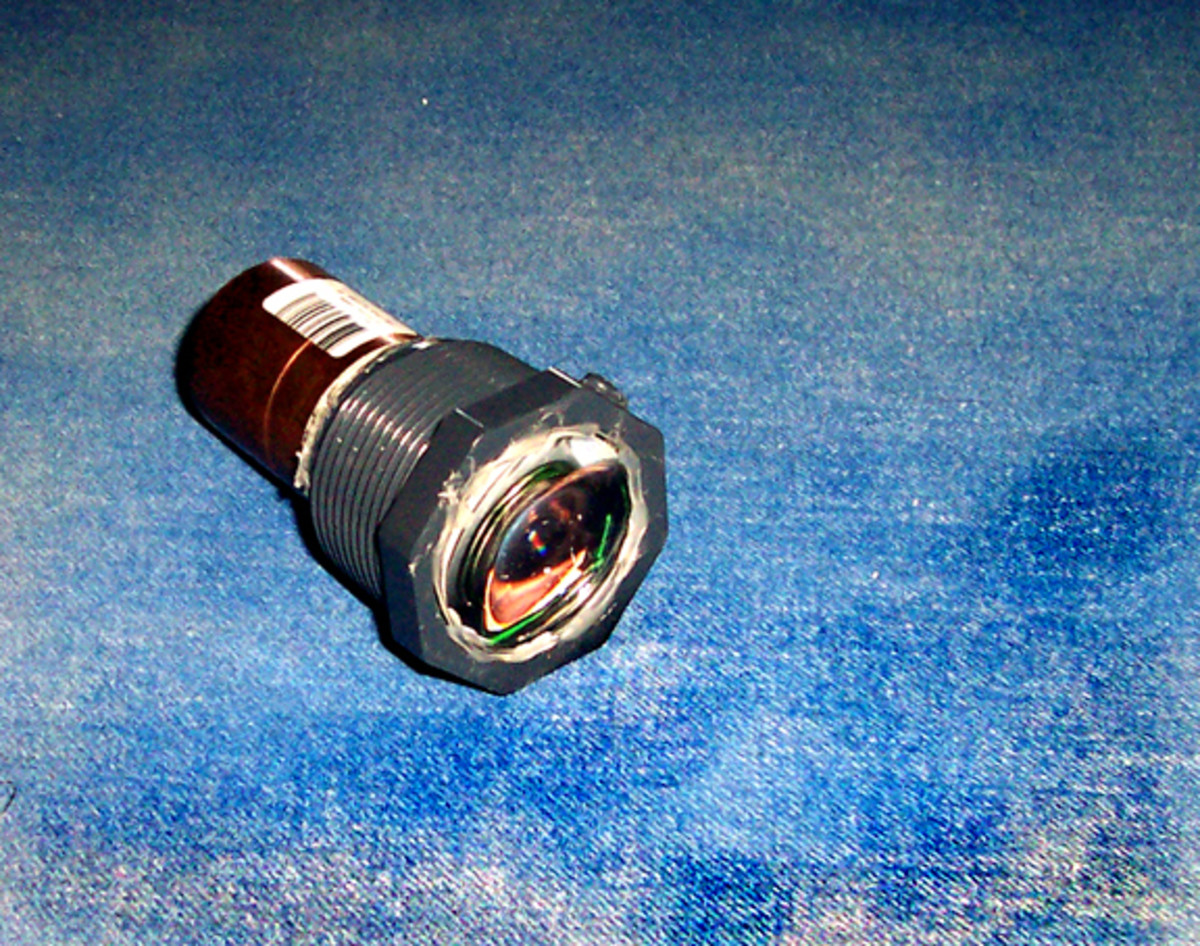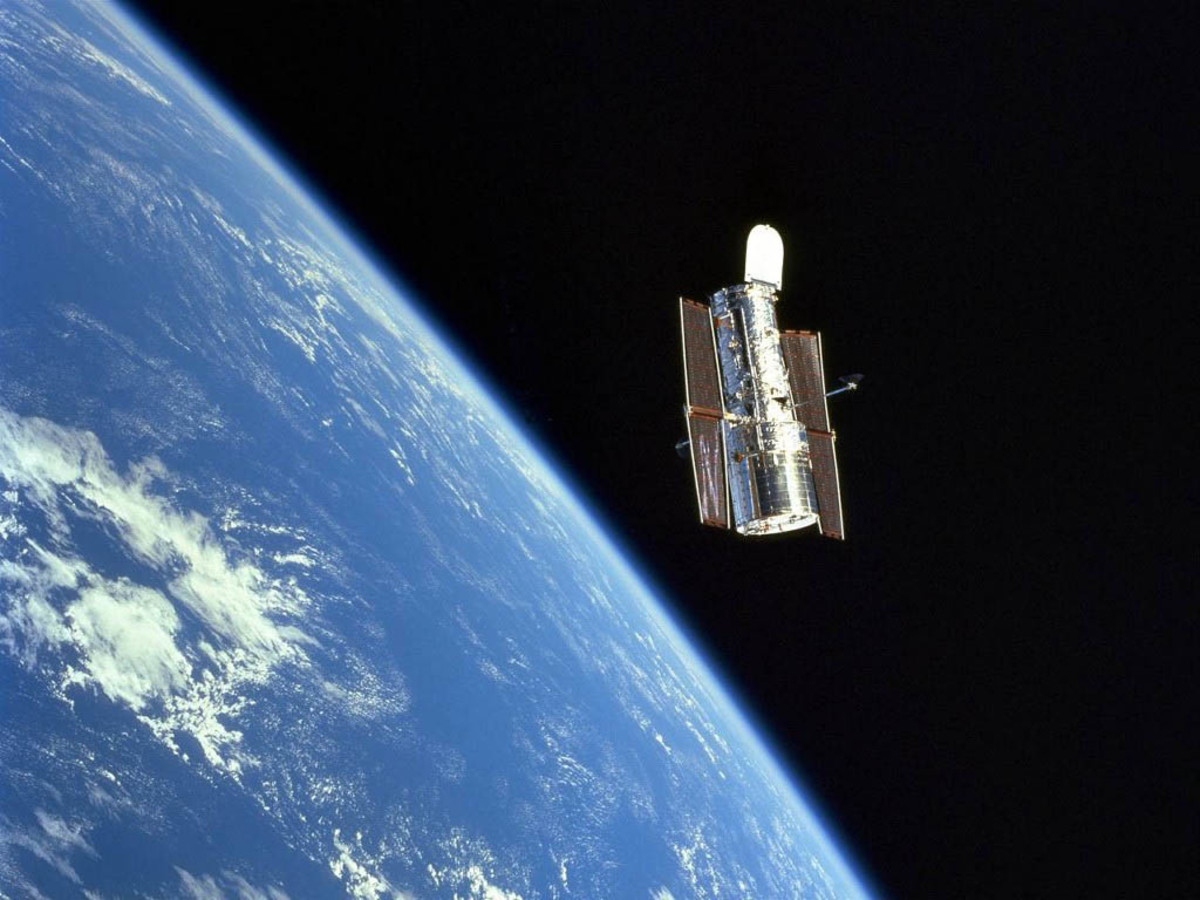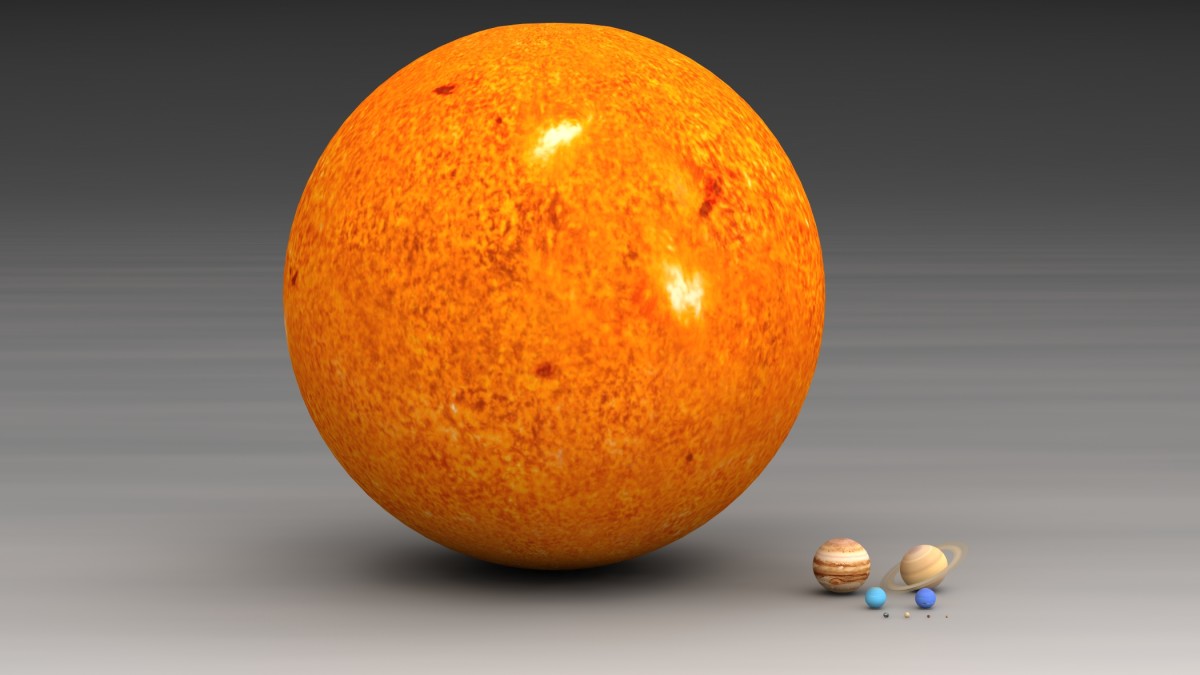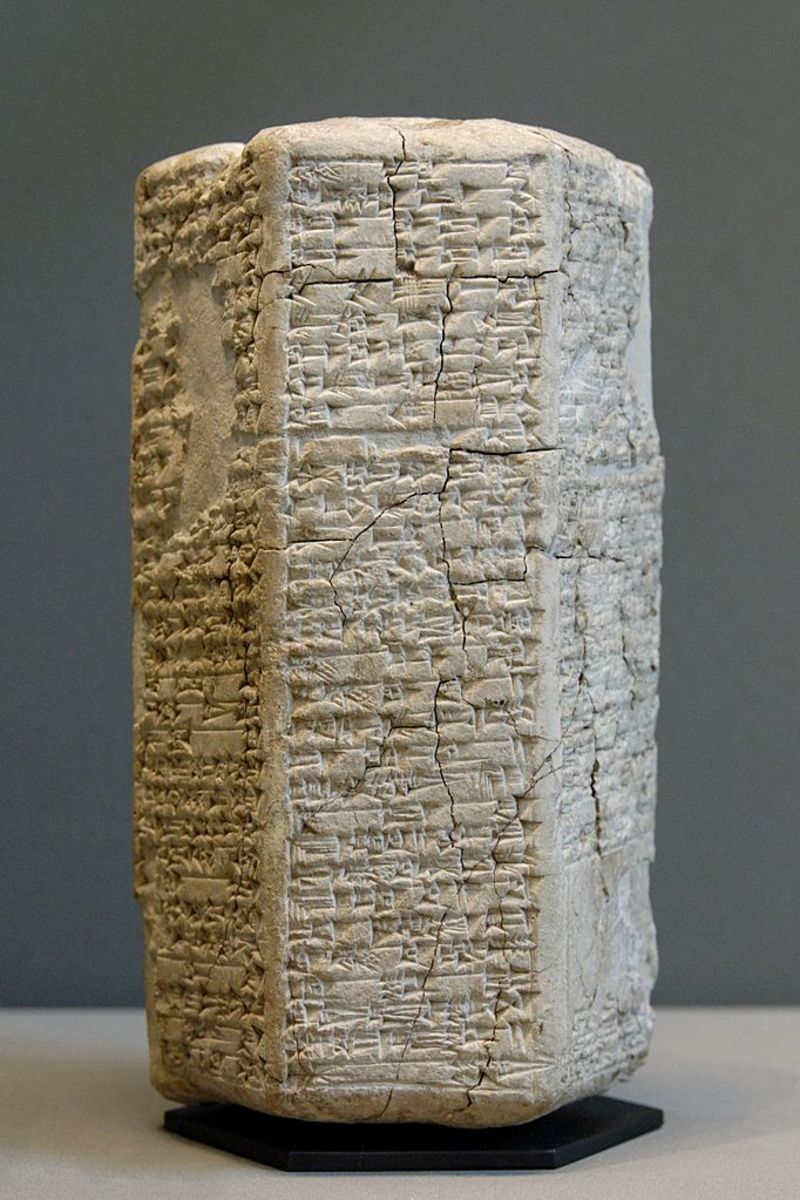The Square Kilometer Array
Planet Earth

The Most Powerfull Radio Telescope in the World
On August 10 2000 the International Astronomical Union started the International Square Kilometer Array Steering Committee with 11 countries signing on. These were the US, United Kingdom, Sweden, Poland, Netherlands, Italy, India, Germany, China, Canada, South Africa , New Zealand and Australia. The Square Kilometer Array will be an array of millions of antennas that when connected together will form one huge radio telescope it will be built in Southern Africa and Australia.The distance between the furthest antennas will be around 3000 kms. These antennas will be linked by fiber optic cables to a supercomputer that will perform 10*20 calculations per second .It is called square kilometer because the collecting area of all the telescope antenna combined will be approximately one kilometers square .The SKA will be the most powerful radio telescope ever built being 10000 times more powerful than current arrays .This project will push astronomy to new heights changing the way we look at and study the universe. The information gathered will take us across 13 Billion years of cosmic evolution all the way back to the birth of stars. There are over 11 different nations involved in this endeavor one of the largest scientific projects ever attempted included will be universities, companies and students.
The Square Kilometre Array and South Africas Quest to Hear the Songs of the Stars
History of Astronomical Radio Telescope
Grote Reber and Karl Jansky are the two people associated with the development of today’s modern radio telescope. A radio telescope when used for the purposes of astronomy is a device for measuring electromagnetic energy from the cosmos. A radio telescope looks like a large parabolic dish .It is basically an antenna which collects data from certain portions of the electromagnetic spectrum .These facilities have to be built far away from populated areas to avoid interference from man made radio waves such as television, radio and consumer appliances. A significant breakthrough came about in 1946 with the introduction of a new technique called astronomical interferometry. Astronomical interferometry was achieved when many parabolic dishes or antennas were connected together to form a large array. This method has the effect of increasing the resolution of the signals being received by the antennas. This method creates the effect of one large telescope or a single antenna with its diameter being equal to the diameter of the antennas furthest apart in the array.
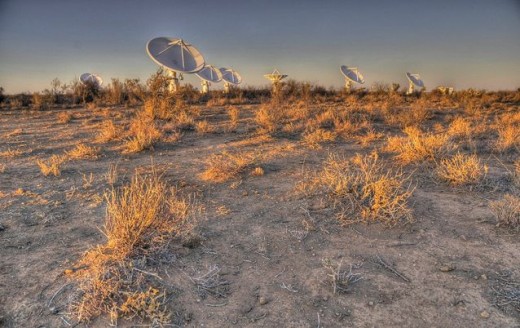
Unlocking Cosmic Secrets
The remarkable power of this telescope will allow astronomers to study the period of time between the Big Bang and the formation of the first stars and galaxies in the universe. The Big Bang is an explosive event that formed the universe as we currently understand it. This period in between is known by scientists as the epoch of re-ionization astronomers do not have enough information as to events that occurred between the big bang and the early formation of large scale structures in the cosmos. If successful the telescope will be able to see the universe slowly lighting up as stars and galaxies formed at the beginning of the ages.
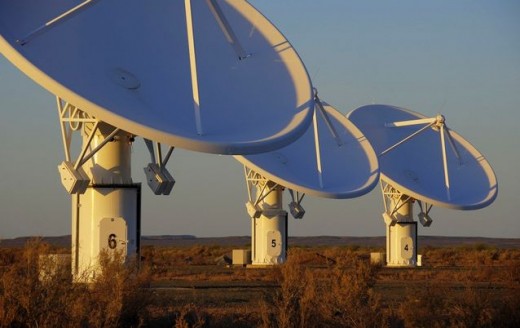
Einstein’s Theories
Newton and his Newtonian mechanics dominated the theories describing gravity and the movement of planets that is until Einstein arrived on the scene with his special theory of relativity Einstein proved that Newton’s laws were slightly flawed and could not accurately describe the reality we live in. Just like with Newton Einstein’s Laws, theories have also been tested and they have passed every experiment scientist can throw at them. The sensitivity of the Square Kilometer Array will enable scientists to determine whether Einstein’s geometric theory of gravitation is a correct description of how our physical universe behaves.
Getting Started with Radio Astronomy
- Getting Started in Radio Astronomy: Beginner Projects for the Amateur (The Patrick Moore Practical A
Getting Started in Radio Astronomy: Beginner Projects for the Amateur (The Patrick Moore Practical Astronomy Series) [Steven Arnold] on Amazon.com. *FREE* shipping on qualifying offers. Radio astronomy is a mystery to the majority of amateur astronom
Astrobiology
Astrobiology will benefit extremely from the Square Kilometer Array and its power to probe the heavens much more effectively than any other telescope. Astronomers have become aware that there are more then 100 planets orbiting nearby stars. The Square Kilometer Array will be able to probe the habitable zones of these stars and discover more earth like planets. In addition Square Kilometer Array will be able to detect the complex chemistry of organic molecules which are signals of life. Lastly due to its sensitivity it will be able to detect signals being produced by intelligent civilizations.
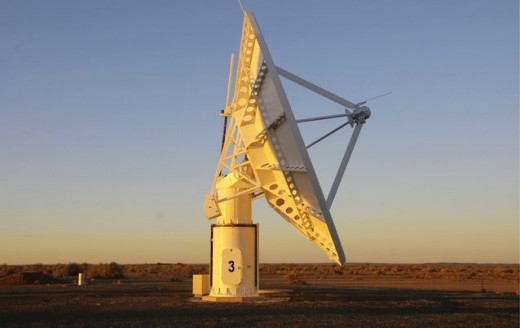
Big Data Challenge
At its completion the Square Kilometer Array will have over 5000 antennas spread across southern Africa and Australia. Its output in terms of data will be massive about 10 times the data produced by the global internet on a daily basis. The Square Kilometer Array will collect 14 exabytes of data and store one petabyte per day.There is currently no information Technology System capable of such a feat involving the gathering and processing of all this information so IBM and ASTRON (Netherlands Institute for Radio Astronomy) have teamed up to tackle this problem of Big Data management. This collaboration is funded through the DOME project. It is expected to take five years to develop this supercomputer at a cost of $43 million U.S dollars .It will have the processing power of 100 million PC‘s.
